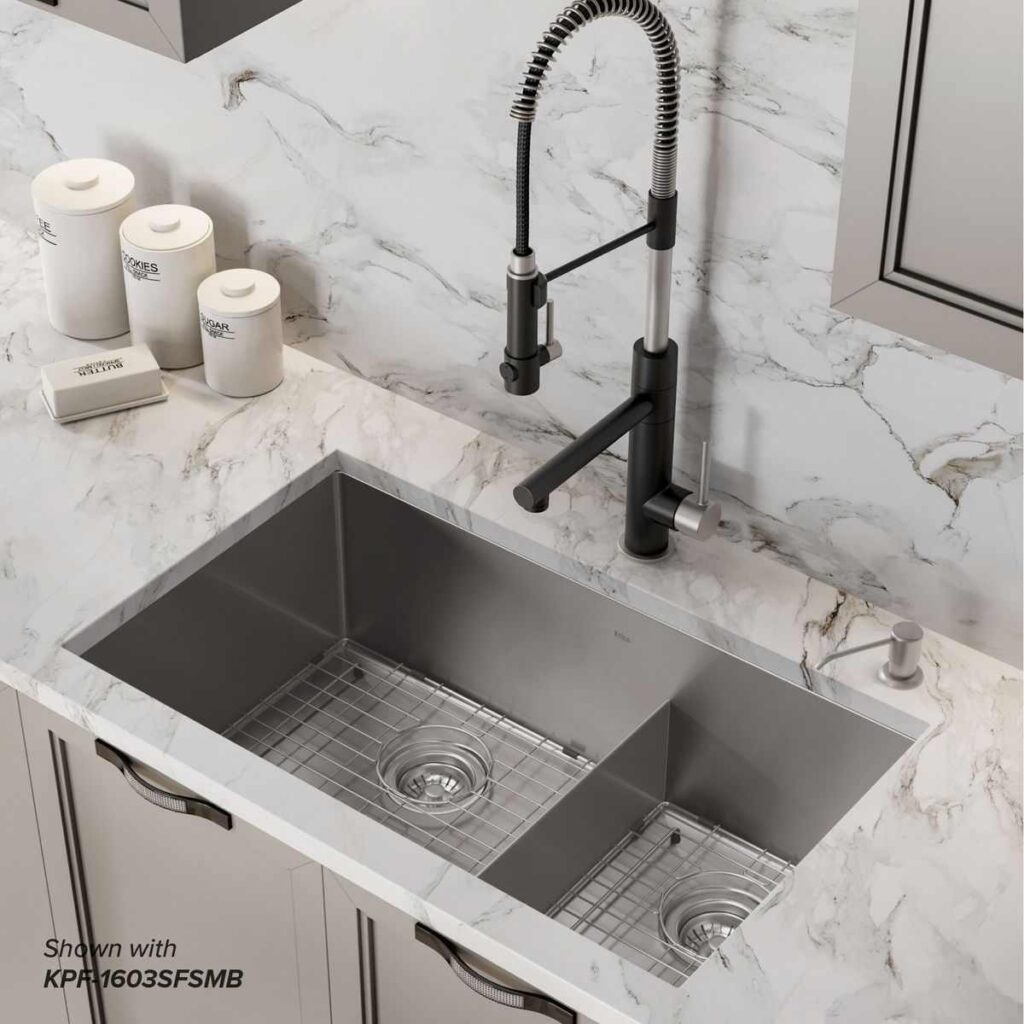Designing or searching for a house is not easy as it involves your precious time and efforts. You have to consider multiple factors, such as market trends, location, taxes, price, and property’s condition. With this, you may also want to ensure that it takes care of your particular requirements. Buying a home can be an extensive process, but there are advantages of moving into an existing one over constructing something from scratch. Convenience and cost tend to be the primary benefits. If you have a busy schedule, getting a ready home with all the necessary amenities makes sense so that you can focus on your new job or your kid’s school admission.
Generally, old or existing houses cost less than building a new one. At the same time, you can find something in your preferred neighborhood close to school, friends, office, and family. If it has a well-maintained lawn, you will not have to spend your time planting new trees and shrubs. It can be the best bargain if you want to stay in and around town. Once you get in, you can make changes based on your comfort. If you wish to splurge on a popular kitchen sink faucet, a wall piece, wall colour, or something else, you can plan your shopping list without hurrying into every detail unless it is a must.
Buying a home can save money, but it will still be one of the significant purchases of your lifetime. That’s why it is better to do a bit of budgeting based on the different costs associated with home buying. You will know what you can afford and where to restrain yourself. So, here is a rough estimate of various expenses to give some hints.
Down payment
It is the upfront cost that you pay for a house. Suppose the price of the home is USD 200,000. You can dish out USD 20,000 or 10% of the total cost in cash and clear the remaining one through a home loan of USD 180,000. You can also add the price of the loan product to it. The amount of down payment depends on the type of property and the house’s value. However, some loans don’t require a down payment if you buy a home in a rural area. You can browse through all the options to understand what works best for your needs.
Mortgage closing costs
You have to pay a closing amount to obtain a home loan and property keys. It can be in the range of 2-5% of the principal loan covering appraisal, application, credit check, underwriting, title transfer, insurance, tax, and other such costs. Someone with inadequate savings can opt for a no-closing-cost loan also. But these lending options can be expensive, charging higher interest rates.
Property taxes
During the period of ownership, you will be accountable for property taxes in different cities and counties. It can be a part of your monthly installment, in addition to the principal and interest rate. To simplify, if your home’s estimated value is USD 100,000 and 2% property tax applies, your total annual tax amount will be USD 2,000, which you can pay in the form of a USD 167 installment every month. However, property tax can vary based on the appreciation of home value, which tends to be separate from the price of the house. So, keep it in mind.
Insurance
You get two main choices – private mortgage insurance or homeowners insurance. Latter can cover you against theft, vandalism, or natural calamity. Some lenders may want you to have this, although it is not legally binding on you. It can have a different price range. It will be good to shop for them carefully to avoid higher expenses. Private mortgage insurance is a conventional plan you need if you cannot make a 20% down payment. Lenders require this to secure their money. You may have to pay a 0.58-1.86% premium of the borrowed amount if you take this. You can end this liability by repaying your loan and increasing your home equity.
Maintenance, restoration, and utilities
Regardless of the location, you may need to repair and maintain your house to rectify signs of wear and tear. You would need to have additional funds to pay for structural and appliance replacement or repair. You can think of roofing, HVAC, etc. According to experts, keeping aside almost one percent of the home’s value for this purpose every year can be wise. Additionally, you should have emergency funds to account for anything outside your budget. With this, there will be electricity, water, and sewer charges, which may vary from place to place. A big house will most likely generate higher utility bills. So, remember this factor.
Homeowners association fees
Some properties like condominiums can be under homeowners association (HOA). They usually charge HOA fees every month for their services, such as gym, swimming pool, security, maintenance, and landscaping, which can vary. There can also be charges for urgent repairs. Many homeowners forget to consider this. But don’t make this mistake, as it can quickly turn into an expensive affair over time.
Things to consider
Home price will influence your decision. What you find today at a lower rate can become expensive tomorrow. In 2021, some ready-to-move-in houses were available at the cost of USD 329,100 on average. Last year, the prices were nearly 17% down. Also, single-family homes have become almost 18% expensive compared to the previous year.
Nevertheless, it is a long process that starts from buying to owning a house. You have to pay attention to all the variables before taking this big leap. While building a new home can also be cost-effective, buying a readymade is always better if you don’t have much mind space and time. Also, when you look at a finished home, you can quickly figure out what you would want to modify or keep unchanged. You can update minor features like sink, faucet, and others immediately and wait for the larger ones until you accumulate more money.



